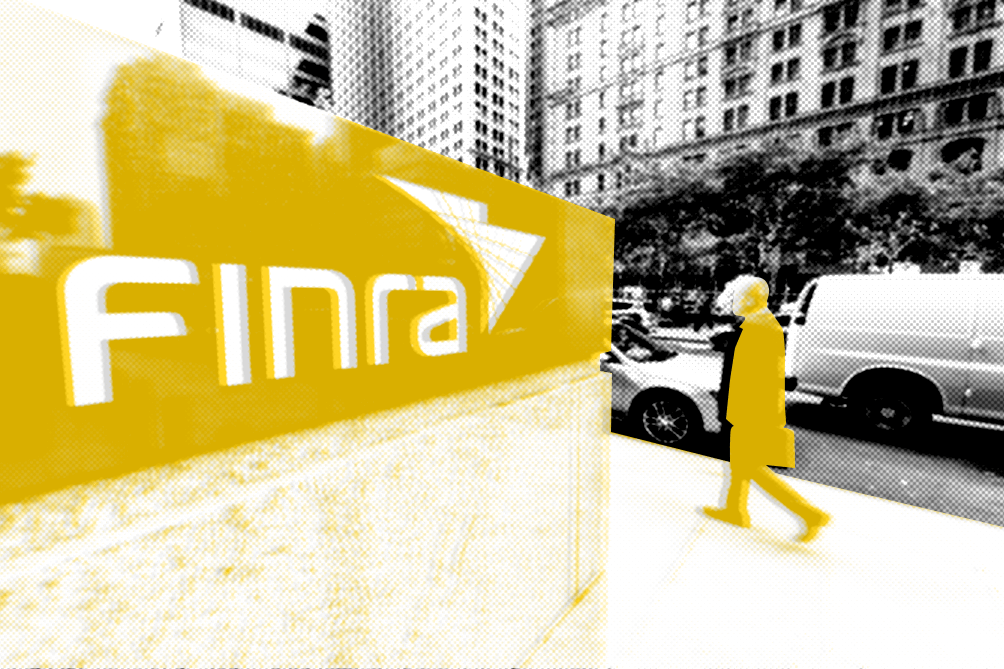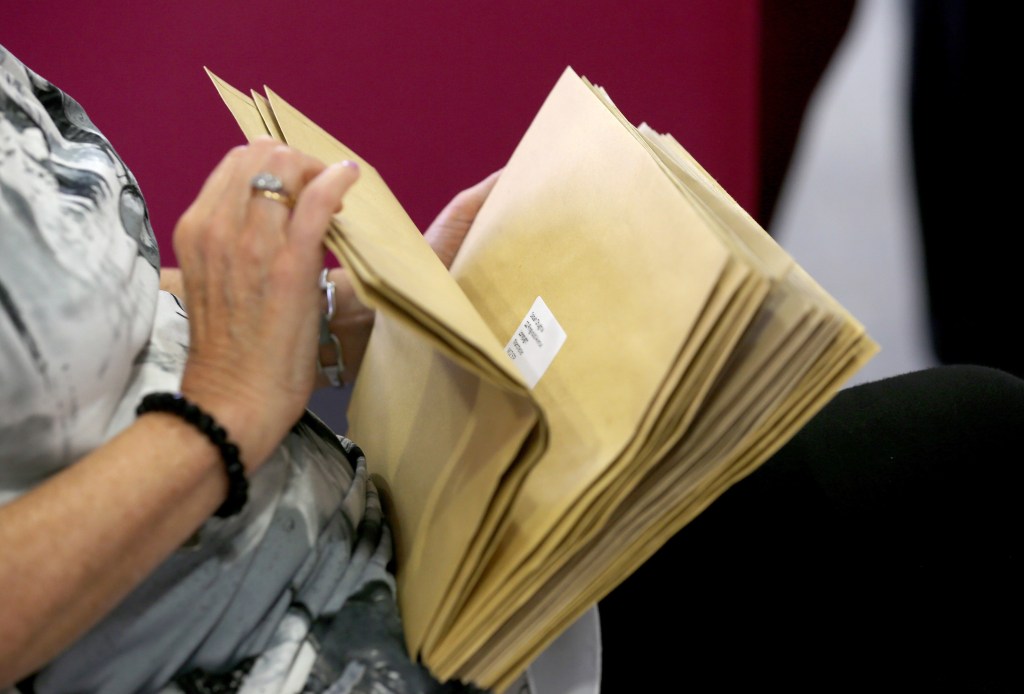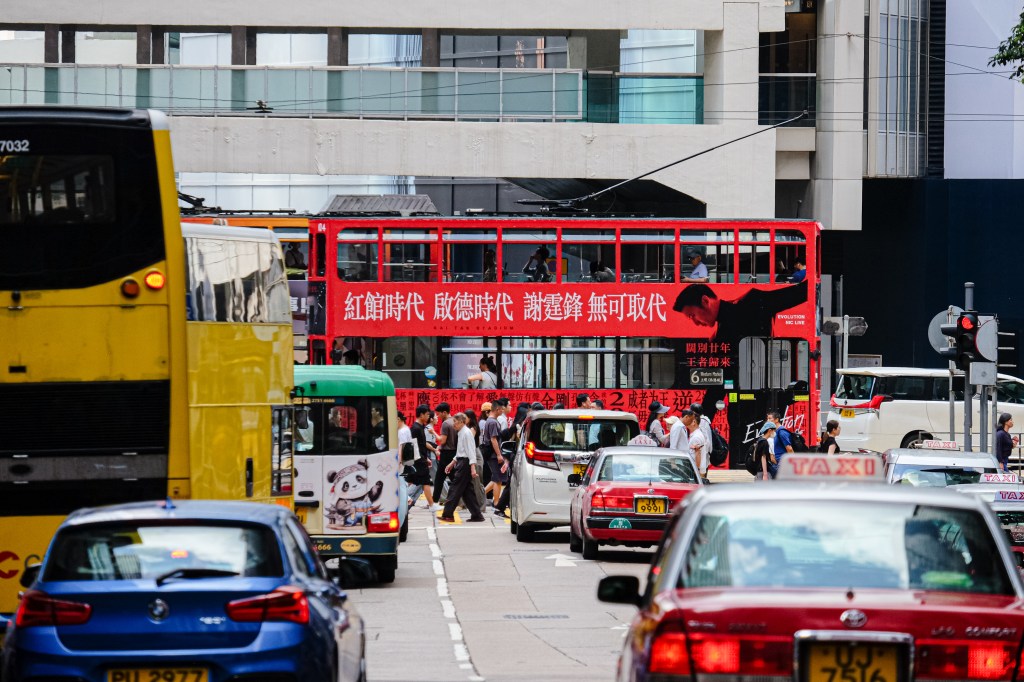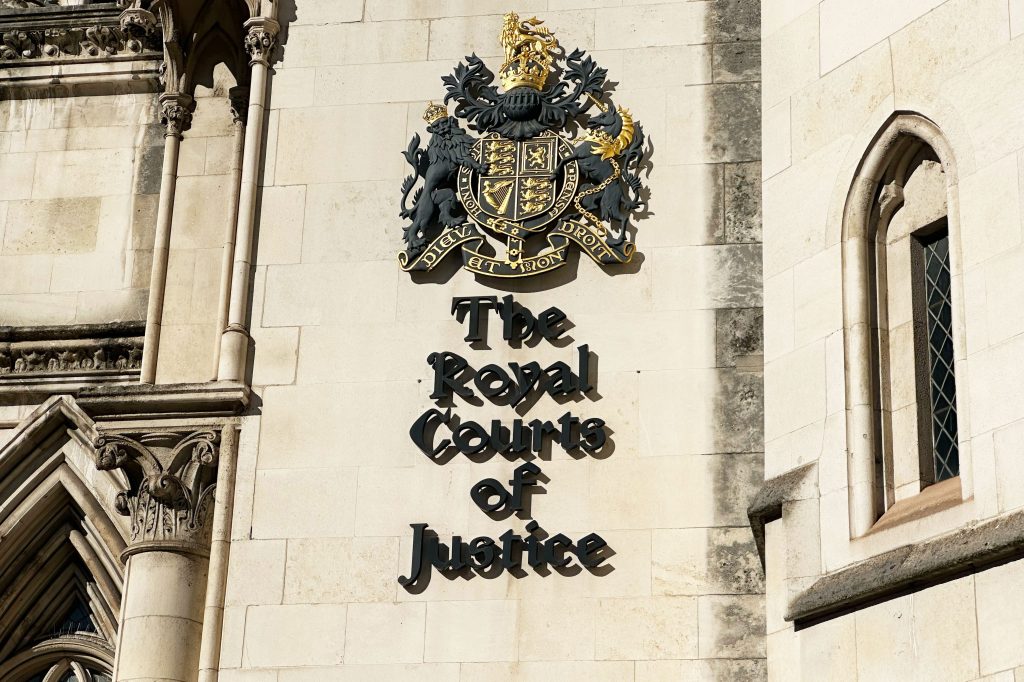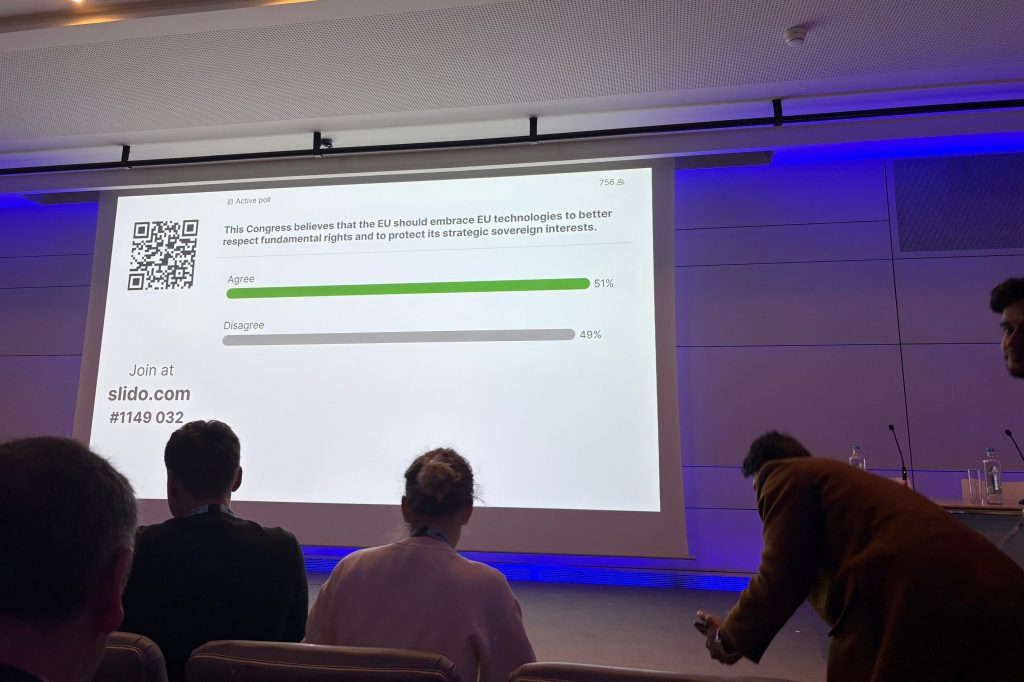20 May, 2025 by Claire Jones in Washington, Sam Fleming and Joseph Cotterill in London and Gregory Meyer in New York
For Stonemaier Games, it will be a roll of the dice whether the US-China trade truce can save Christmas.
President Donald Trump’s deal with Beijing last week came just in
Register for free to keep reading.
To continue reading this article and unlock full access to GRIP, register now. You’ll enjoy free access to all content until our subscription service launches in early 2026.
- Unlimited access to industry insights
- Stay on top of key rules and regulatory changes with our Rules Navigator
- Ad-free experience with no distractions
- Regular podcasts from trusted external experts
- Fresh compliance and regulatory content every day

